|
|
|
|
Species Photo Gallery for Ossiannilssonola volans No Common Name 8 |
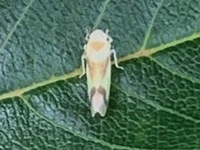 | Photo by: Rob Van Epps & Kevin Metcalf
Yancey Co.
Comment: Found on Sorbus americana (American Mountain Ash). | 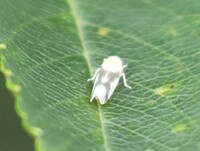 | Photo by: Rob Van Epps & Kevin Metcalf
Yancey Co.
Comment: Found on Sorbus americana (American Mountain Ash). |
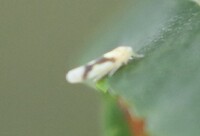 | Photo by: Rob Van Epps & Kevin Metcalf
Yancey Co.
Comment: Found on Sorbus americana (American Mountain Ash). | 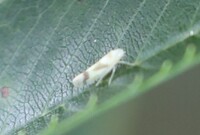 | Photo by: Rob Van Epps & Kevin Metcalf
Yancey Co.
Comment: Found on Sorbus americana (American Mountain Ash). |
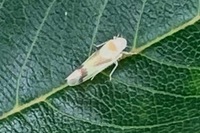 | Photo by: Rob Van Epps & Kevin Metcalf
Yancey Co.
Comment: Found on Sorbus americana (American Mountain Ash). | 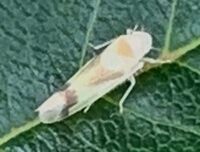 | Photo by: Rob Van Epps & Kevin Metcalf
Yancey Co.
Comment: Found on Sorbus americana (American Mountain Ash). |
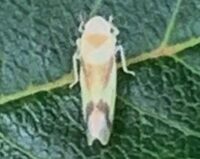 | Photo by: Rob Van Epps & Kevin Metcalf
Yancey Co.
Comment: Found on Sorbus americana (American Mountain Ash). | 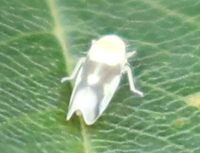 | Photo by: Rob Van Epps & Kevin Metcalf
Yancey Co.
Comment: Found on Sorbus americana (American Mountain Ash). |
|

 »
»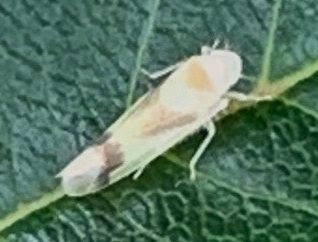

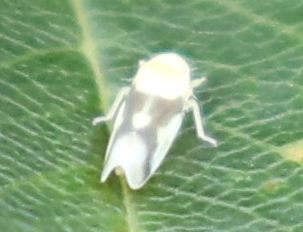

 »
»

